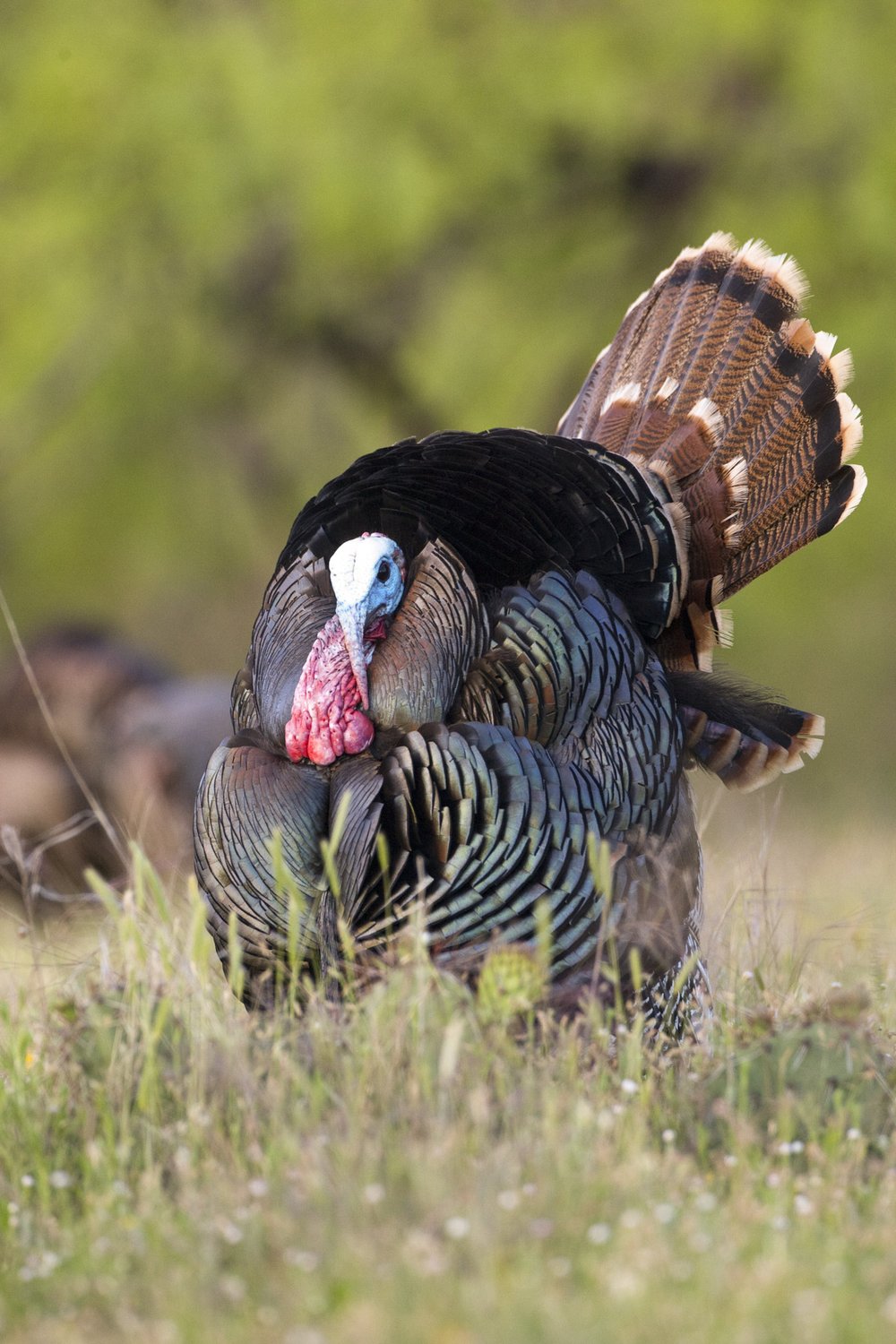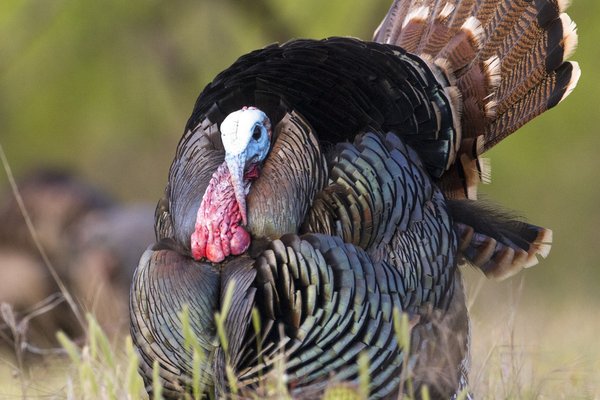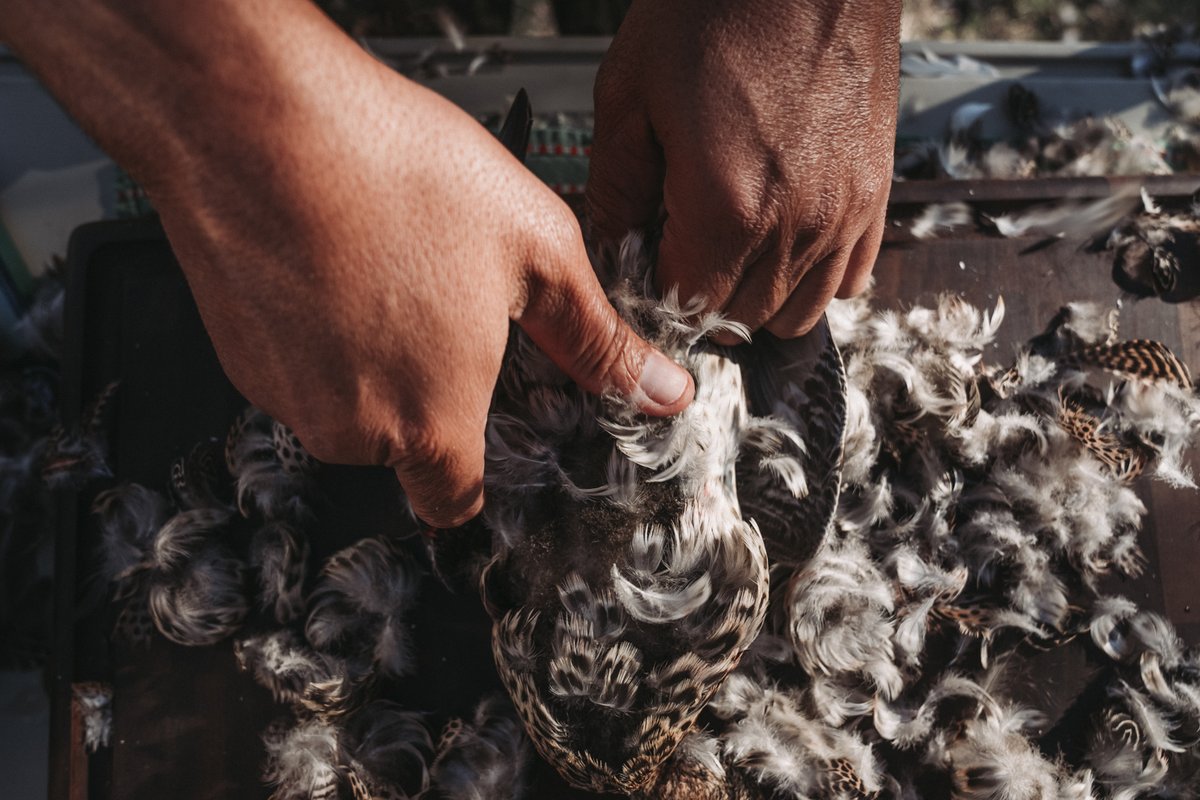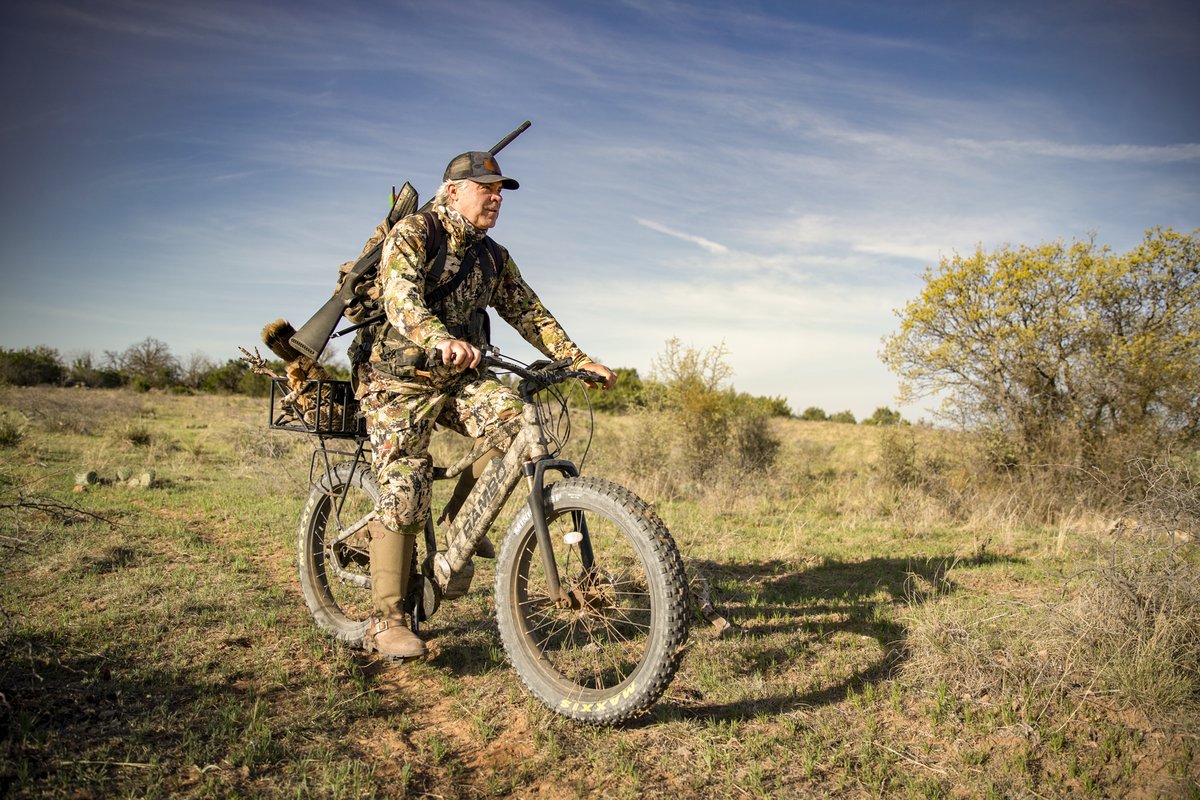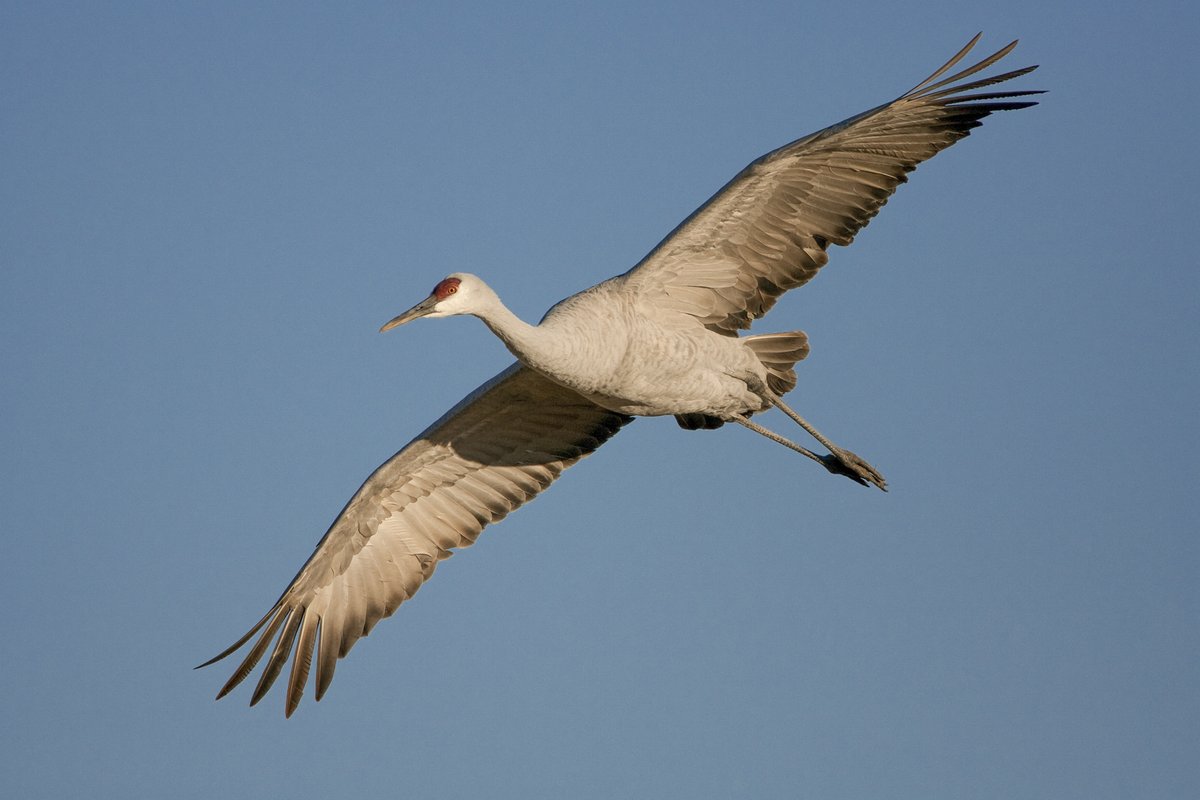The cool spring morning will certainly warm up, but for now it's very comfortable. You're in a great spot, tucked into some trees. Two big toms are roosting just down the creek from this stand of oaks, and they've just let out their first loud gobbles of the morning. They're likely to come back up this shallow gully, right into shotgun range.
You hear the whap-whap-whap of their early flydown from their cottonwood home. With eyes locked on the rocky path awaiting the big, bobbing red head of an amorous gobbler, you let out a lonesome but evocative yelp on the slate turkey call. The turkeys hammer back in unison, and it's a sure thing at this point.
After 10 minutes, you're certain that they're about to crest the little rise when you hear them, far off, but their gobbles fade as they steadily head the opposite way. Sitting tight for another frustrating hour, you're about to resign yourself to this common turkey hunting outcome when, all of a sudden, a piercing gobble shatters the midmorning calm to your right — not 50 yards away.
The inquisitive, strutting tom pops out from behind a mesquite. He moves behind some brushy understory, giving you the needed cover to stealthily get the shotgun up and in the right direction. Sixty long seconds later, you're standing over a big, beautiful Rio Grande turkey and soaking in one of the most enthralling moments that spring in Texas has to offer.
Here are some basics to get you started on that fried turkey dinner:
Shotguns put a lot of turkey dinners on the table, and almost any gauge (.410, 20 and 12 gauge) paired with quality ammunition can achieve results. Shotgun chokes tighten the pellet pattern for more stationary shots, so grab a full or special TSS choke for turkeys and throw a couple shells downrange to make sure you've got a good pattern before heading into the woods.
Calls for turkeys are imperative in the spring when you're pretending to be a lonely hen. The easiest to use are the box and slate varieties, which are very effective, but can get a little tricky when birds get close and the movement of your hands can tip off the tom to your presence. Mouth or diaphragm calls give hunters incredible vocal range and plausibility but are much harder to master. Remember that calling less is almost always better than calling too much (which is a hard rule to follow when a vociferous turkey hollers back every time you make the slightest squeak on the call).
Camouflage is essential when hunting wily turkeys. They have extremely good eyesight and can pick up the slightest movement, so breaking up your profile and staying hidden can't be stressed enough. Cover up completely, including your face and hands with facemasks and gloves. Wear a camo pattern that blends well with the background of the region you're hunting. Wear good boots, as there will be days when you chase birds from sunup to sundown and put in a lot of steps through thick brush, rocks and cactus.
Turkeys range over much of Texas, from the coast to West Texas and the Panhandle, but populations are most concentrated in the Hill Country, Cross Timbers and South Texas regions. Public hunting opportunities are limited, but drawn hunts and e-postcard hunts can give hunters access to varied geographic locations throughout the state. Private land holds the vast majority of birds, so making connections with a landowner or paying for a lease or guide service can open the gate to a big tom this spring.
Locating birds is the hardest, and most essential, part of turkey hunting. Listen at sundown for birds to go to roost. That will give you a starting point the next morning to either call them down off the tree or put you in the general vicinity for a day of chasing gobblers. Roost trees are usually taller, and often near water, so begin your search there. Remember that turkeys can cover a lot of ground during the day and will be on the move almost constantly in search of a mate and food, so staying mobile can pay off.
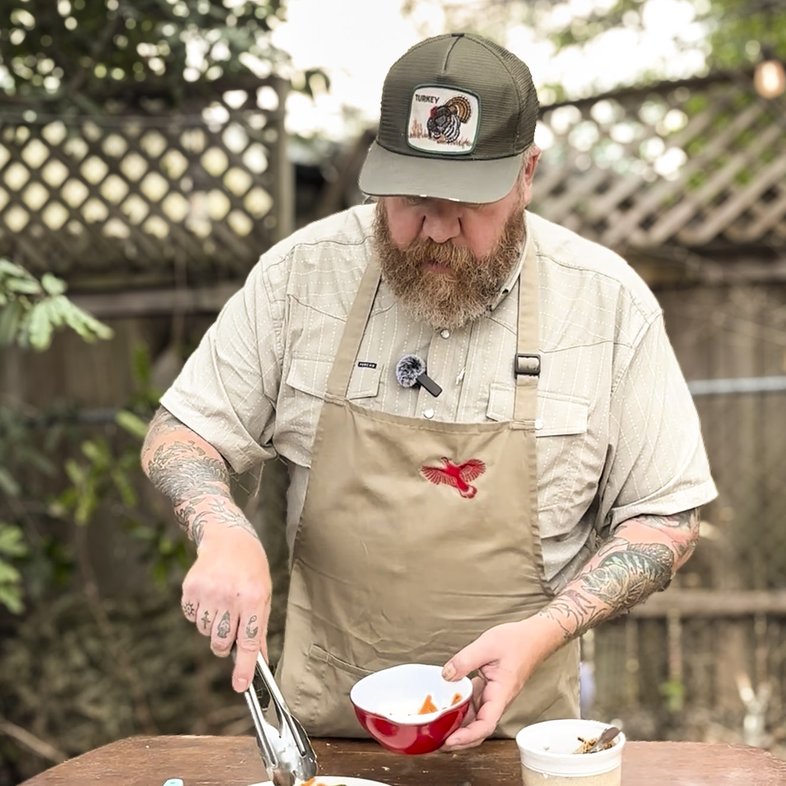
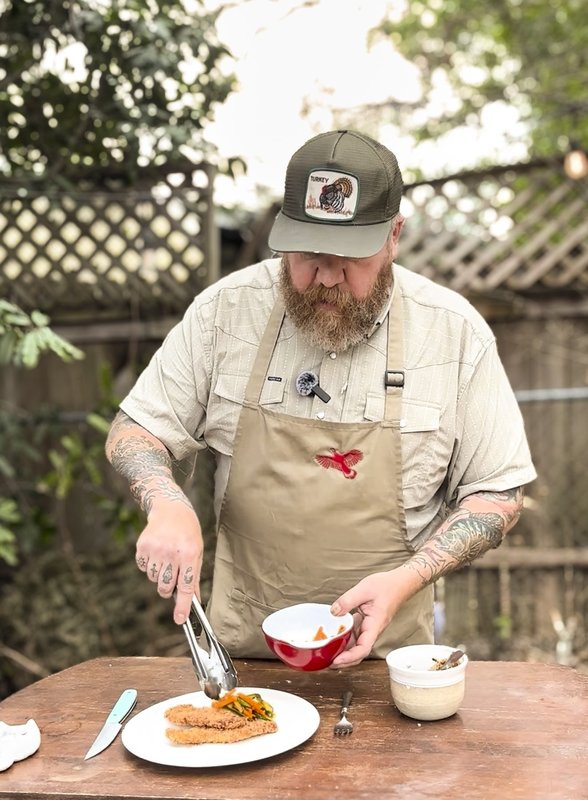
Jesse Griffiths plates his culinary creation.
Jesse Griffiths plates his culinary creation.
Once you've got that turkey on the ground and your heart rate is in the ballpark of normal, it's time to get ready for the real payoff: wild turkey meat. Wild turkey is arguably some of the best game meat, and every bit of your bird can be used. Plan on saving the breasts, legs, offal (heart, liver and gizzard) and even the wings. Plucked or skinned, a turkey yields surprisingly large amounts of meat, so diligent cleaning can provide several delicious meals. The breasts will cook up similarly to farmed turkey and can be fried, smoked or roasted, while the heavily exercised legs need a very long, slow cooking to make them tender.
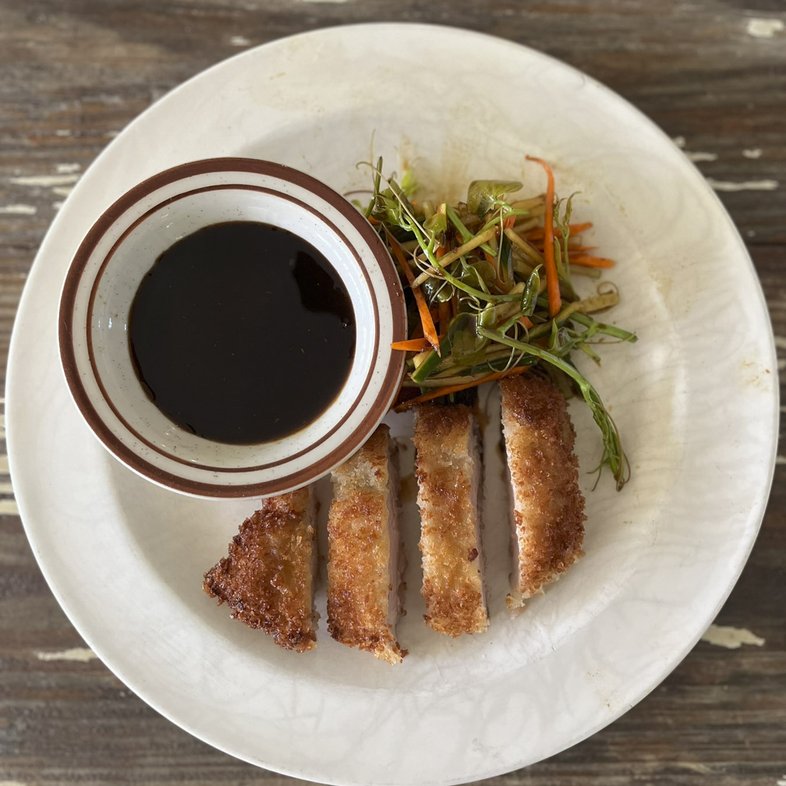
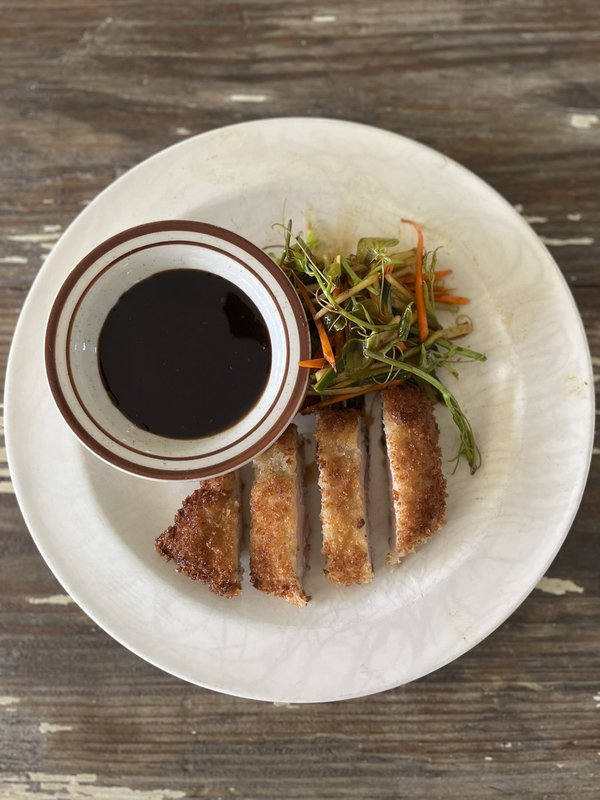
Turkey Katsu
Turkey Katsu
Turkey Katsu
by Jesse Griffiths
Thinly sliced, gently pounded turkey cutlets can be cooked in a wide variety of ways, including this delicious Japanese preparation. My daughter and I made this with the first turkey she harvested, and we served it with a salad made from young greenbriar (Smilax spp.). Spring is the perfect time to harvest the tender shoots and leaves of this native plant. If you don't have greenbriar growing nearby, seaweed salad works just as well. Usually accompanied by a sweet and savory sauce known as “bulldog sauce,” here we are making a simple, fresh version using honey, soy, ketchup, Worcestershire and aromatic garlic and ginger.
Serves: 4
Ingredients
- 20 ounces wild turkey breast (top or bottom lobe, or tenderloin, cleaned of sinew), cut into half-inch-thick slices, pounded to quarter-inch-thick cutlets and breaded (see The Turkey Book, Page 100).
- Salt and pepper
- 1 cup all-purpose flour
- 2 eggs, well beaten
- 1 ½ cups Panko breadcrumbs
- Fat or oil for frying
Sauce
- 1/4 cup ketchup
- Pinch ground cloves
- 1/4 cup Worcestershire sauce
- 1/4 cup honey
- 4 tsp dark soy sauce
- 2 garlic cloves, finely grated
- 1-inch piece of ginger, peeled and grated
Prepare the breast cutlets by pounding out, coating in flour and egg, and breading.
Pan- or deep-fry (375 degrees) the cutlets in fat or oil until golden, about 4 minutes.
For the sauce, combine all of the ingredients in a small bowl.
Let stand for 20 minutes before serving.
Serve with greenbriar or seaweed salad.
